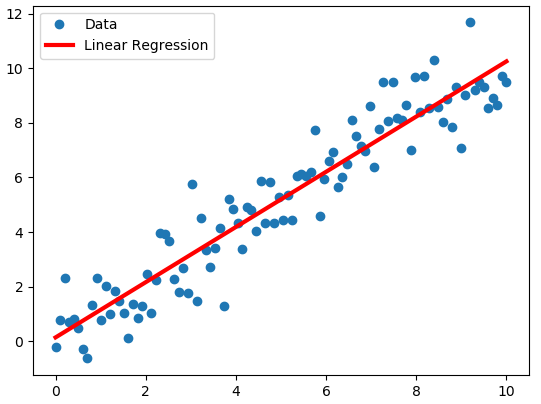Hi there! I see that you’re interested in Machine Learning too!
So what exactly comes to your mind when you hear Machine Learning?
Machine Learning is basically the method by which a computer(machine) learns by itself to solve real world problems.
I’ll be blogging about the course I am doing on Coursera: Andrew NG Machine Learning. I will essentially be explaining the video lectures in some more detail and probably in a way that you would understand it better.
Hope you enjoy the journey! 🙂
Machine Learning- Definition.
A program is said to learn from experience E with respect to some class of tasks T and performance measure P, if it’s performance at tasks in T, as measured by P, improves with experience E.
For example: let’s consider we’ve created a machine learning algorithm to play chess. So in it the experience E will be the experience of having the program play tons and tons of games of chess and the task T would be the task of playing game of chess and improvement measure P would be probability of the machine winning the next game against a new opponent.
Another example: let’s take up the algorithm which Google uses to segregate spam mails. So the experience E would be the data input of already segregated spam mails that users had already done manually before this algorithm came into existence. The machine will learn from this experience E. Task T would be segregating mail as spam or not spam. And the improvement measure P would be the probability of machine recognising the given set of mails into spam and not spam correctly.

Types of Machine Learning.
1.Supervised Learning.
In this type of learning question-answer pair is given so that after the machine calculates the answer for the given question it can check if it was right or not. According to the error: difference between the answer of the machine and the actual answer the machine algorithm is punished with a cost(function) so that it improves on it’s mistakes. Just as we learn new things.
Supervised Learning solves two kinds of problems:
1.1.Regression Problem.
These kinds of problems predicts continuous values, for eg: predicting cost of a house for the given land area. Cost is a continuous function and hence this type of problems comes under Regression.

1.2.Classification Problem.
These kind of problems predicts non-continuous(discrete) values, for eg: classifying if the given e-mail is spam or not. As the result of an input, mail will either be spam or not-spam. This type of problems come under Classification.

2.Unsupervised Learning.
This type of learning finds patterns which refers to clustering. Best example for this type of problem is Cocktail Party Problem:
Imagine that you’re sitting in a room which has two microphones: mic A and mic B, placed in two different corners of the room. There’s music playing in the room and you are singing the song. The audio intensity of your voice will be more than the audio intensity of the music in mic A because you’re closer to it, similarly audio intensity of the music will be more than your voice intensity in mic B. So when this audio input is fed to the machine algorithm, it identifies that there are two different audio sources in the room by finding patterns in the audio data and then processes it in such a way that it segregates both the voices such that you can hear each one of them separately, i.e. it outputs two audio files- music file & singing file.

